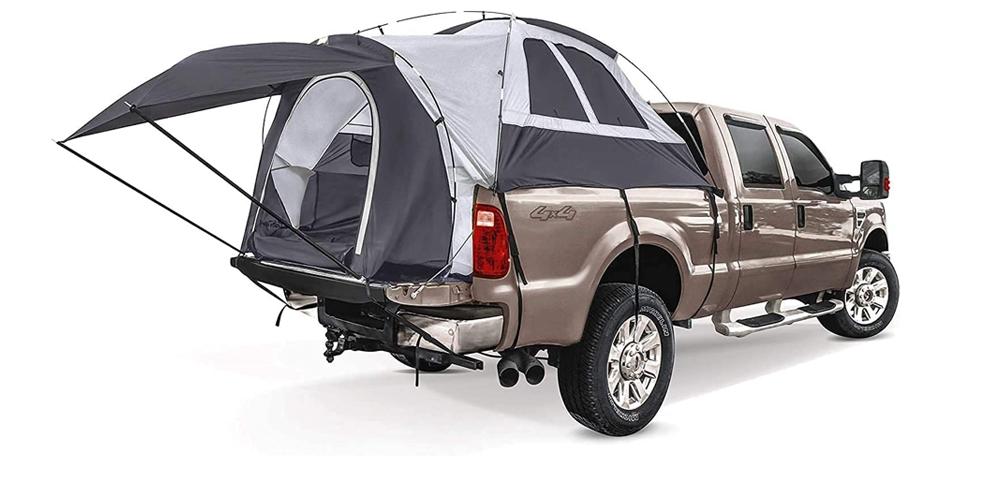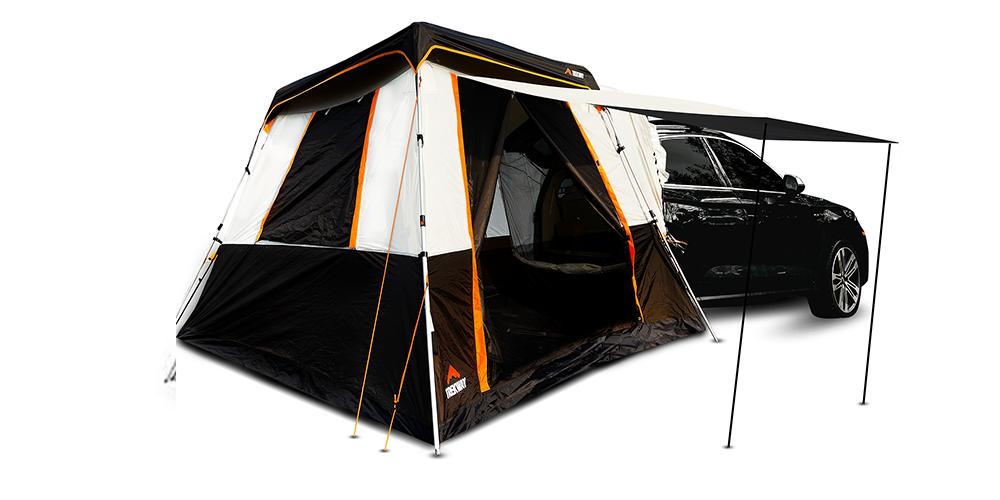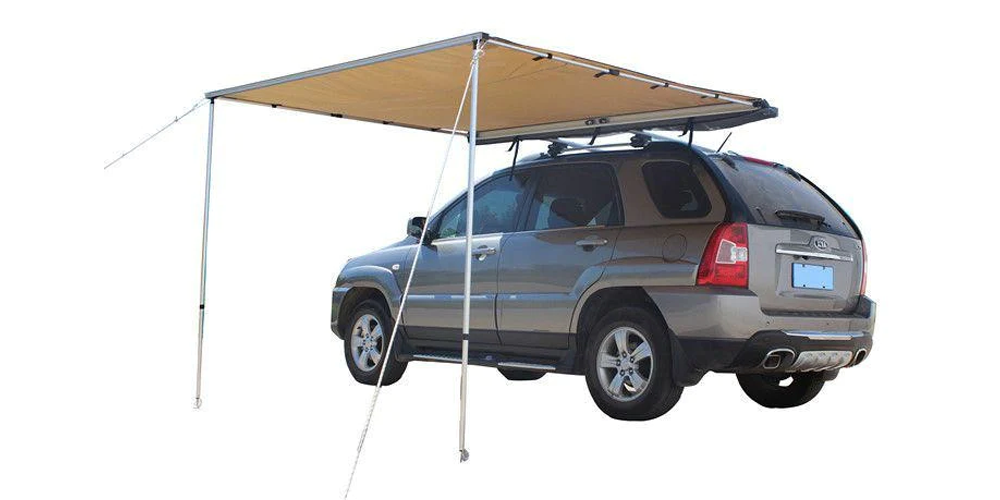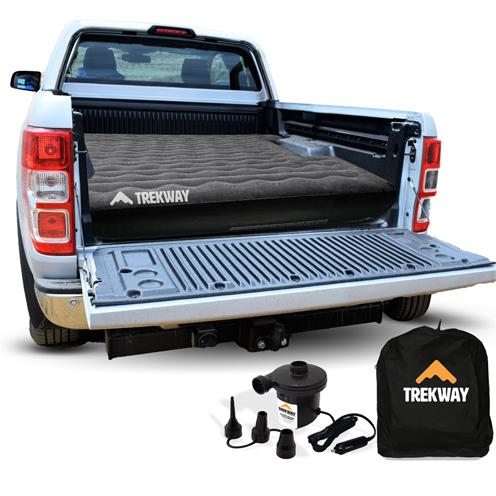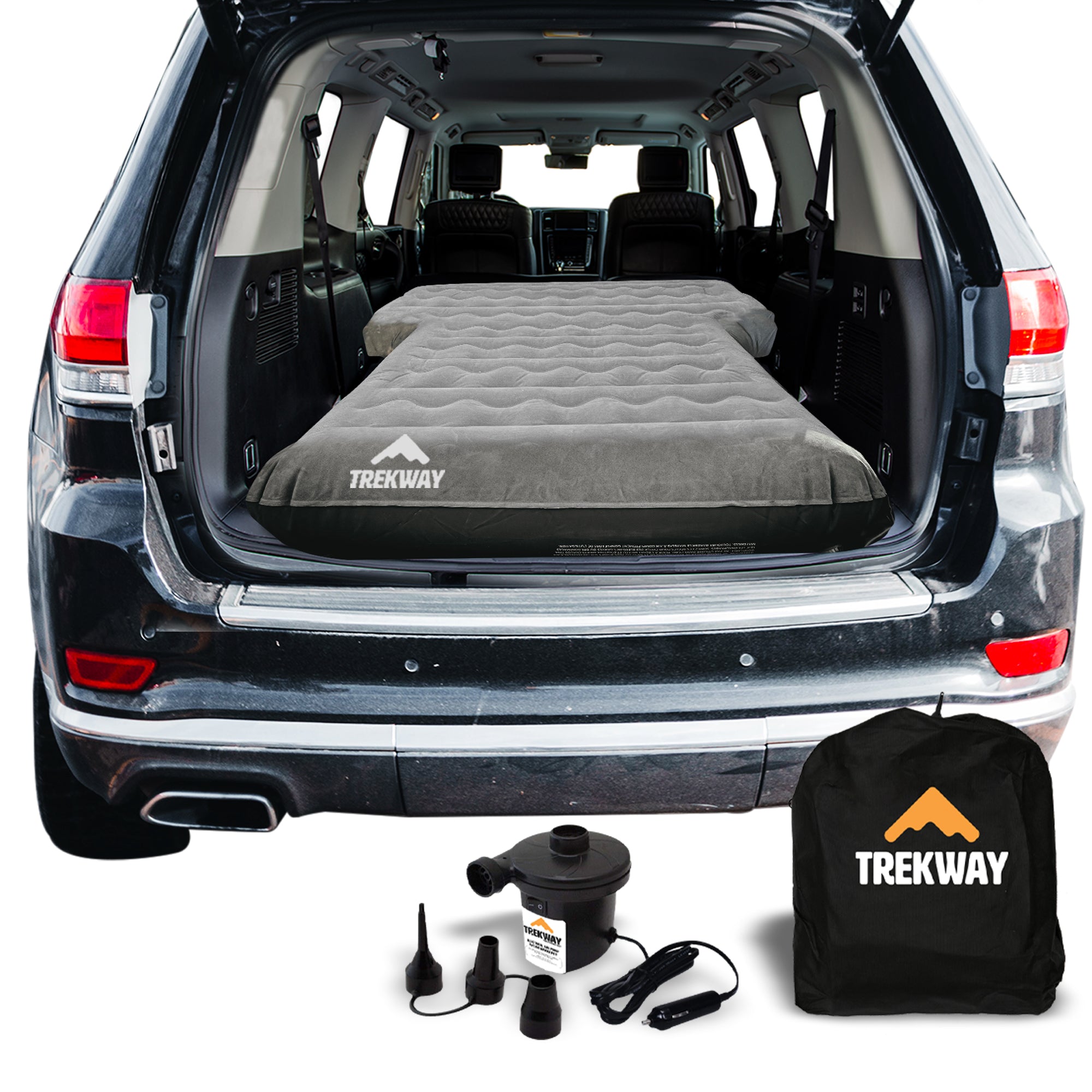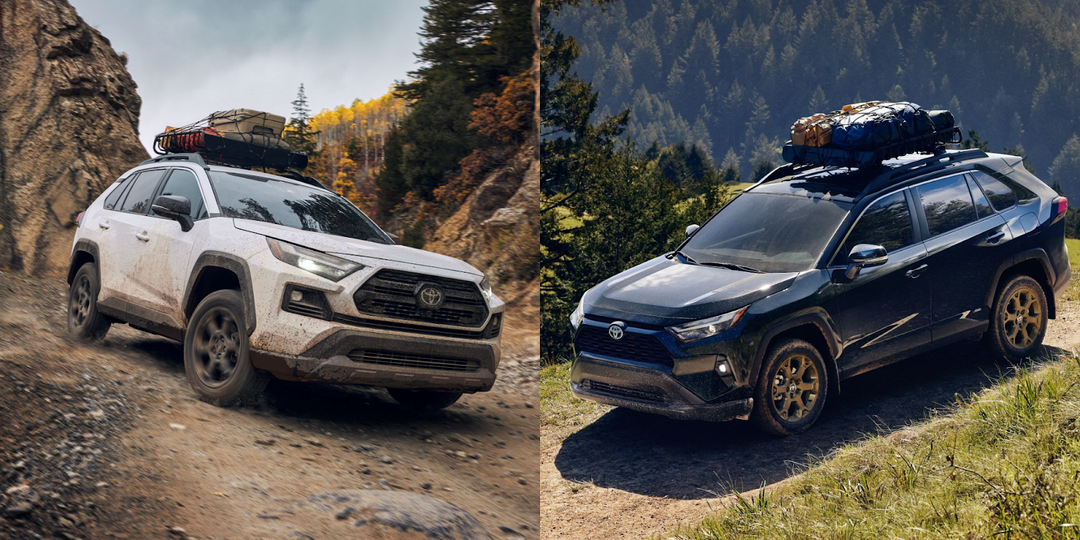How to Pick an ATV or UTV Winch
How do you pick the right ATV recovery winch for your ATV, UTV or side by side? Getting beyond all the manufacturer's hype, there's four things you want to look at:
- Pulling Capacity/Rated Line Pull (the maximum force the winch can handle)
- Line Speed (the speed at which it recovers line)
- Cable Type (synthetic or wire?)
- Solenoid Mounting
Pulling Capacity Guidelines
OK, you probably guessed it - how much pulling capacity a winch has is one of the most important factors in selecting a winch. Ideally, you'll select a winch that is just right (see below). Is there any harm in selecting a winch that has a lot higher pulling capacity than you need? Not really, except for the extra weight on the front of your ATV.
Here's a good guideline for what pulling capacity you should look for in a winch.
Sport quad, Small ATV (Under 300cc)
You want a 2000 or 2500 lbs capacity winch.
Medium to Large ATV (Over 300cc)
You want a 3000 or 3500 lbs capacity winch.
Side x Side
4000 or 4500 lb capacity winch
UTVs
UTVs tend to be much heavier than ATVs so you want at least a 4000 lbs capacity winch.
Line Speed
When you're evaluating line speed, there's two things to look at: line speed under-load (when you're recovering your ATV) and line speed unloaded (when you're bringing the line back in). Line speeds are rated in Feet Per Minute (FPM). You can see that the Super Winch LT3000ATV specs below show that it has an under-load line speed of 4 feet per minute or 1.2 meters per minute (MPM). Ratings of 3 FPM to 6 FPM are about average for most winches.

How fast does the winch recover line is the next most important consideration. How fast your winch recovers line essentially comes down to the type gear mechanism it has: either planetary or worm. Planetary is the most popular type of gear on the market today. It is faster than a worm gear but creates more heat. A Worm gear is less common and is slower but creates less heat.

Remember, like everything in life there is a trade off. Faster line pull is nice but it is also going to drain more power as well.
Picking a Cable
There are two primary types of cable: wire and synthetic.
Wire
Pros
Cheaper
Stronger
More abrasion resistant
Resistant to heat
Cons
Stores energy and creates a strong whiplash effect if it breaks
Abrasion is common and can injure hands
Synthetic
Pros
No whiplash effect if it breaks
Lightweight and floats
Cons
Expensive
NOTE: It is recommended that if you are replacing a metal cable winch line that you purchase a new roller fairlead or aluminum hawse fairlead. This will eliminate possible damage to your new synthetic cable from metal burrs that were produced from your metal cable line. It is also recommended that you remove all burrs from your cable spindle before assembly.
How much cable do you need?
Most winches will come with 50' of line. If you need more than this, consider adding an extension as the strength of the cable rests on the 'first layer of line' meaning excessively coiling it decreases the strength.
Mounting Plate
Most winches do not come with a mounting plate so you'll need to purchase this separately if it doesn't come with one.
